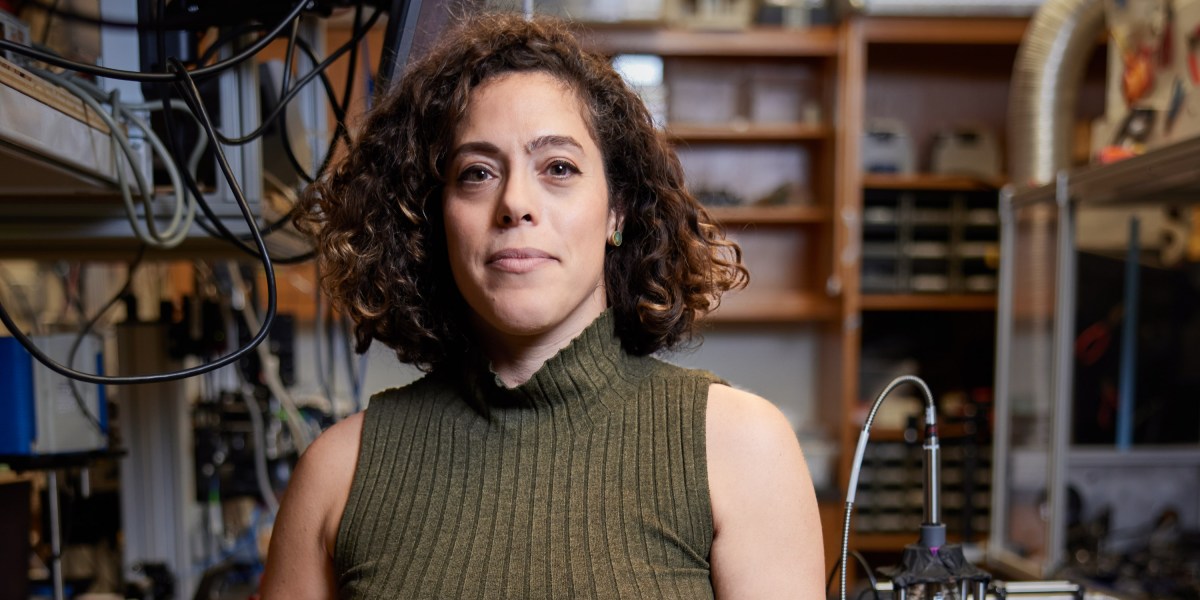Going digital makes aid programs more effective
For years, the Indonesian government sent 10-kilo bags of rice to villages, where local leaders were supposed to distribute them to poor residents every month. But starting about five years ago, recipients were instead sent debit cards to buy the food themselves.
The result, according to a study led in part by MIT economists, was that people received all the food intended for them 81% of the time—as opposed to 24% previously. Under the old system, it’s likely that some was handed out to people not poor enough to be eligible. The cards eliminated this problem.
“That leads to a pretty substantial reduction in poverty,” says coauthor Benjamin Olken. For the poorest 15% of households when the study began, the overall poverty rate fell by 20%.
The researchers discovered this through a real-world experiment: the government randomly selected 42 out of 105 districts to start the program a year before the others. This meant that results could be compared in similar circumstances.
Says coauthor Abhijit Banerjee, “This is the advantage of doing a randomized controlled trial rather than sitting and speculating about possible outcomes.”



